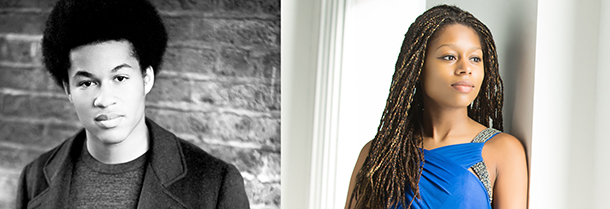Category: 19-20 Season
-

PROGRAM NOTES: LUCAS & ARTHUR JUSSEN
Johann Sebastian Bach Three Chorale Preludes (arr. György Kurtág) The chorale, a hymn setting of pious verse in simple note values, was a central element in Lutheran liturgical practice, whether sung in unison by the congregation, in four-part harmony by the choir in a cantata, or artfully arranged into a web of contrapuntal lines on…
-
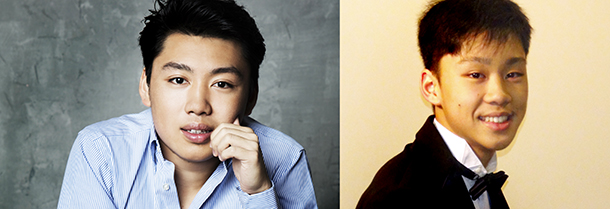
PROGRAM NOTES: GEORGE AND ANDREW LI
Wolfgang Amadeus Mozart Sonata in D major K. 381 for Piano Duet In the 1760s, when Wolfgang & his sister Nannerl were touring Europe as child prodigies, the keyboard duet was a popular novelty item on their programs, one that offered a fuller range of sound from a single instrument while still allowing each performer…
-
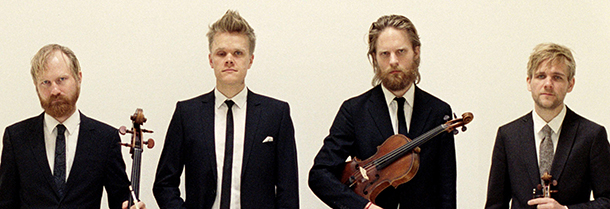
PROGRAM NOTES: DANISH STRING QUARTET
Johann Sebastian Bach The Well-Tempered Clavier Book I Fugue No. 16 in G minor BWV 861 (arr. Förster) If you have ever happened to see one of those cooking shows in which a chef is challenged to create an entire meal—appetizer, entrée and dessert—out of a minimum of ingredients (an ox-tail, say, and a banana)…
-
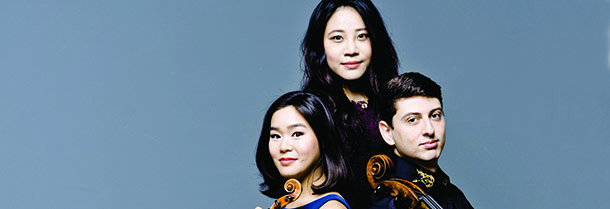
PROGRAM NOTES: Z.E.N. TRIO
Franz Schubert Notturno in E-flat major Op. 148 Schubert’s Adagio for Piano Trio D 897 was composed in 1827 but only published decades later, under the publisher’s title Notturno. And indeed, the opening section does conjure up images of nighttime serenity, with its heavenly texture of harp-like arpeggios in the piano supporting a hypnotic melody…
-
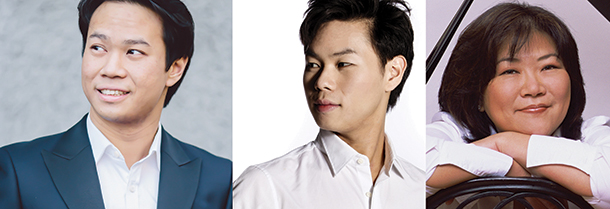
PROGRAM NOTES: NIKKI AND TIMMY CHOOI AND ANGELA CHENG
Claude Debussy Sonata in G minor for violin and piano The sound of Debussy’s music confounded many of his contemporaries. From a tonal point of view, it floated in stasis in a world of pastel sounds that arrived at their destination more by whim than by design. How, they asked, could what he composed actually…
-



